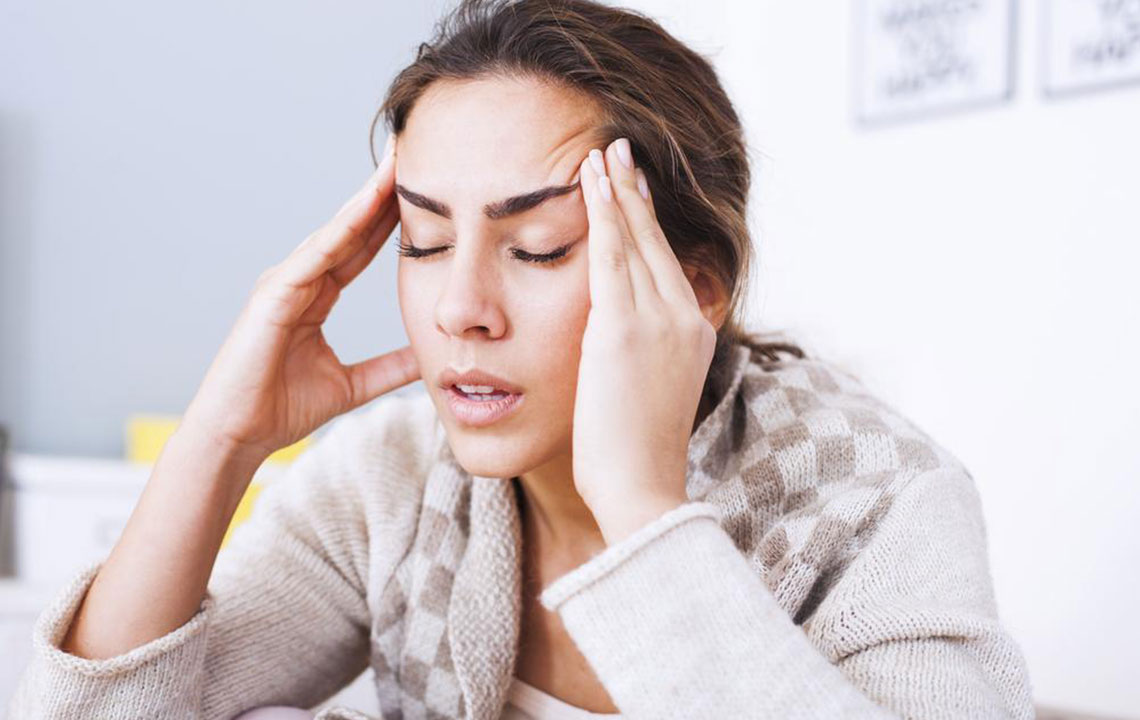Comprehensive Guide to Migraines: Symptoms, Causes, and Relief Methods
This comprehensive article explores migraines, highlighting symptoms, causes, treatment options, and prevention strategies. It emphasizes the importance of early detection and lifestyle adjustments to manage this common yet disruptive condition effectively. Designed for those seeking to understand and alleviate migraines, the guide offers practical advice on triggers, medications, and lifestyle tips to improve quality of life.

Comprehensive Guide to Migraines: Symptoms, Causes, and Relief Methods
Migraines are severe, recurring headaches often confined to one side of the head. They are frequently accompanied by symptoms such as visual disturbances, flashing lights, or facial and limb tingling sensations. Episodes can last from hours to days, impacting daily life. The American Migraine Association reports that over 36 million Americans experience migraines, mostly between ages 15 and 55. Though rarely dangerous, migraines can significantly diminish quality of life, emphasizing the importance of effective management.
Early detection of symptoms and consulting healthcare providers can help in controlling migraines. Keep reading to understand the signs, causes, treatments, and preventive approaches for this condition.
What are common migraine symptoms?
Symptoms usually start in childhood or young adulthood and unfold through four stages: prodrome, aura, attack, and postdrome. Not everyone experiences all phases.
Prodrome – Early signs like mood swings, neck stiffness, food cravings, dehydration, and increased urination occurring a day or two before a migraine.
Aura – Visual phenomena such as flashing lights or zigzag lines, combined with sensory, speech, or motor difficulties. These can last from 20 to 60 minutes, involving numbness, speech problems, ringing in ears, or shaking.
Attack – The main headache phase that can last from 4 to 72 hours if untreated. Symptoms include throbbing pain, sensitivity to light, sound, or smells, nausea, dizziness, and visual issues. Frequency differs among sufferers.
Postdrome – After the headache, individuals often feel drained or euphoric. The following day might bring confusion, weakness, light sensitivity, or mood swings.
Treatment varies based on symptom intensity. Mild migraines may need only painkillers, whereas severe episodes might require specialized therapies.
What causes migraines?
Migraine triggers involve abnormal brain activity and miscommunication with the trigeminal nerve, a key pain pathway. Imbalances in chemicals like serotonin, which regulate pain, are also involved. The precise cause remains unclear, but genetics and environmental factors play roles.
Identifying and avoiding triggers can help prevent attacks, especially in intense cases. Common triggers include:
Processed or salty foods
Skipping meals
Caffeinated beverages
Alcohol
Stress and emotional tension
Bright lights or glare from the sun
Strong odors
Physical activity
Weather changes
Certain medications, like vasodilators and contraceptives
Hormonal shifts in women
How are migraines managed?
Treatment includes pain relief drugs and preventive medications. Pain relievers encompass analgesics, ergotamines, anti-nausea medicines, triptans, opioids, and corticosteroids. Severe cases may benefit from preventives such as beta-blockers, calcium channel blockers, anti-seizure medications, antidepressants, or Botox. Always seek medical advice before starting any treatments.
Preventing migraines
Adjusting lifestyle to minimize triggers, though complete avoidance may be difficult.
Employing desensitization techniques (LTC) to slowly expose oneself to triggers, often paired with cognitive behavioral therapy (CBT).
Engaging in gentle daily activities like walking, cycling, or swimming to reduce stress and fatigue.
Maintaining consistent sleep schedules and meal times to help manage stress and reduce episode frequency.
Tag – migraine relief


